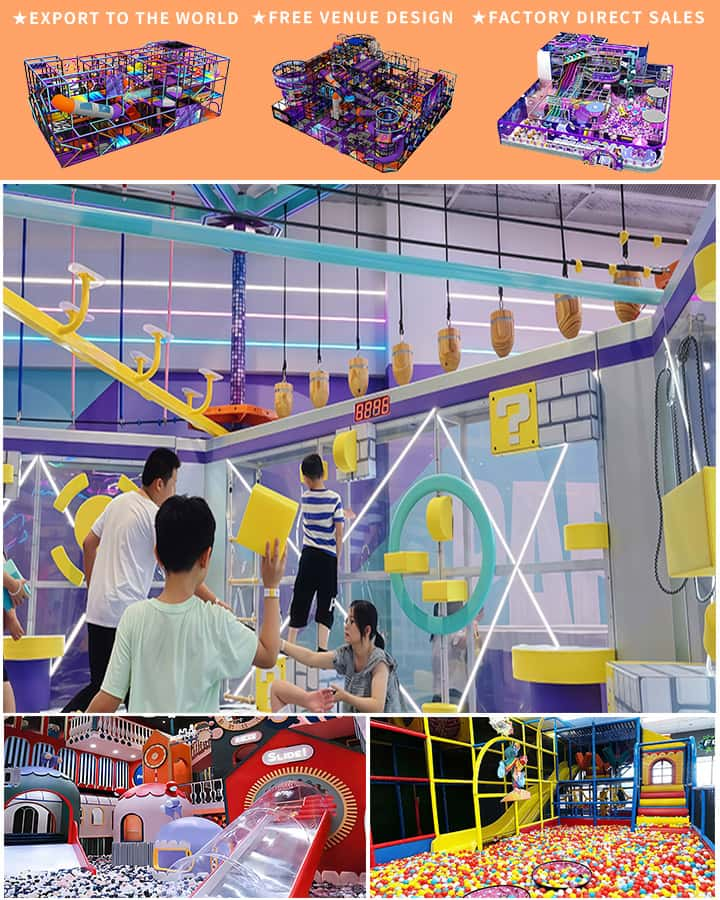Children’s playgrounds are vibrant spaces where young imaginations run wild and physical activities flourish. One of the most captivating aspects of these play areas is the variety of playground equipment available, each with its unique name and function. Understanding the names and uses of this equipment not only adds to the enjoyment but also highlights the diverse opportunities for fun and development. Let’s delve into some common types of children’s playground equipment and their fascinating names.
Swings: The Classic Delight
Swings are perhaps the most iconic piece of playground equipment. They come in various forms, including the traditional swing set with individual seats, baby swings, and adaptive swings for children with special needs. Swings offer a thrilling sensation of flight and help improve balance and coordination.
Seesaws: The Balancing Act
Seesaws, also known as teeter-totters, require two participants to operate. As one child goes up, the other comes down, fostering cooperation and balance. This classic piece teaches kids about equilibrium and timing while providing endless entertainment.
Merry-Go-Rounds: Whirling Fun
A merry-go-round, or carousel, features rotating seats that move in a circular motion. This spinning ride can be powered by pushing off the ground or through a manual crank. It provides a delightful spinning experience that can make any child feel dizzy with joy.

Climbing Structures: Adventure Awaits
Climbing structures come in many shapes and sizes, from simple jungle gyms to elaborate climbing walls. These structures encourage physical activity, strength-building, and problem-solving as children navigate their way to the top.
Slides: Thrilling Descends
Slides are ubiquitous on playgrounds worldwide. Whether straight, wavy, or spiral, slides offer exhilarating descents that captivate children of all ages. They promote sensory experiences and can sometimes be integrated into larger play structures for added excitement.
Sandbox: Creative Playgrounds
A sandbox is a designated area filled with sand where children can dig, build, and create. Often equipped with shovels, buckets, and molds, sandboxes stimulate creativity and fine motor skills.
Monkey Bars: Swinging Challenge
Monkey bars, also known as horizontal ladders or jungle gym bars, consist of parallel bars that children can swing from to reach the other end. This equipment enhances upper body strength and coordination as children learn to cross hand over hand.
Spring Riders: Bouncing Fun
Spring riders are pieces of equipment that use springs to bounce a seated child up and down. These rides provide a fun and active way for children to burn off energy while developing rhythm and balance.
Playground Houses: Imaginative Spaces
Playground houses, or playhouses, are small structures designed to mimic real houses. These imaginative spaces encourage role-playing and social interaction, allowing children to engage in pretend scenarios such as playing house or running a store.
Interactive Play Panels: Educational Fun
Interactive play panels often feature games, puzzles, and educational elements. These panels combine physical activity with mental challenges, promoting learning through play.
Each piece of playground equipment offers unique benefits and contributes to the holistic development of children. From fostering physical health to stimulating creativity and social skills, playgrounds are essential spaces for growth and joy. By understanding the names and functions of various playground equipment, we can better appreciate the diversity and importance of these playful environments. So next time you visit a playground, take a moment to observe and celebrate the wonderful world of children’s playground equipment.




